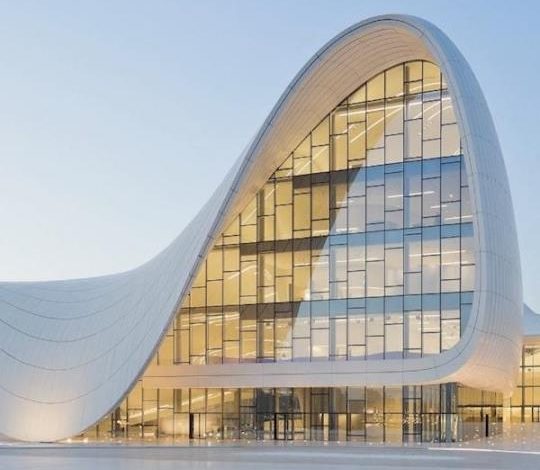Exploring the Role of Design in Sustainable Architecture

Exploring the Role of Design in Sustainable Architecture
The Importance of Design in Sustainable Architecture
Sustainable architecture has gained significant popularity in recent years due to its focus on building eco-friendly structures that minimize the negative impact on the environment. While many elements contribute to the success of sustainable architecture, design plays a crucial role. Let’s delve into the various ways design can enhance sustainability in architecture.
1. Efficient Use of Space
Efficient use of space is a fundamental aspect of sustainable architecture design. By carefully planning the layout and considering the specific needs of the building occupants, architects can optimize space utilization. This means avoiding unnecessary wastage and incorporating functional and flexible design features that maximize energy efficiency and reduce overall resource consumption.
2. Passive Design Strategies
Passive design strategies aim to reduce a building’s reliance on artificial heating, cooling, and lighting systems. By utilizing design techniques such as orientation, shading, natural ventilation, and insulation, architects can create buildings that require minimal energy for temperature regulation. This results in reduced energy consumption and lower carbon emissions.
3. Integration of Renewable Energy Sources
In sustainable architecture, designing buildings with the integration of renewable energy sources is paramount. Incorporating solar panels, wind turbines, or geothermal systems into the design allows buildings to generate clean energy on-site. This not only reduces the dependence on fossil fuels but also contributes to a greener, more sustainable future.
Frequently Asked Questions (FAQs)
1. How does sustainable design impact the overall long-term cost of a building?
Sustainable design may involve higher upfront costs but offers long-term savings. By incorporating energy-efficient features, buildings can significantly reduce their energy consumption, leading to lower utility bills over time. Additionally, sustainable buildings often have better indoor air quality, resulting in improved occupant health and productivity.
2. What are some common sustainable design principles architects follow?
Architects implementing sustainable design principles focus on aspects like passive solar design, use of recycled and low-impact materials, water conservation, efficient lighting systems, and effective waste management processes.
3. How can sustainable architecture contribute to a healthier environment?
Sustainable architecture aims to reduce carbon emissions, minimize waste generation, and conserve natural resources. By utilizing eco-friendly materials, optimizing energy consumption, and supporting renewable energy sources, sustainable architecture provides a healthier environment by mitigating the negative impact of traditional building practices.
Conclusion
Design plays a vital role in sustainable architecture, ensuring efficient space utilization, incorporation of passive design strategies, and integration of renewable energy sources. By embracing these design principles, architects can create buildings that are environmentally friendly, economically viable, and socially responsible. Sustainable architecture is not just a trend; it’s a crucial step towards a greener, more sustainable future.
Hopefully, this blog post has shed light on the significance of design in sustainable architecture. By understanding the role that design plays in achieving sustainability goals, we can collectively move towards a more environmentally conscious built environment.